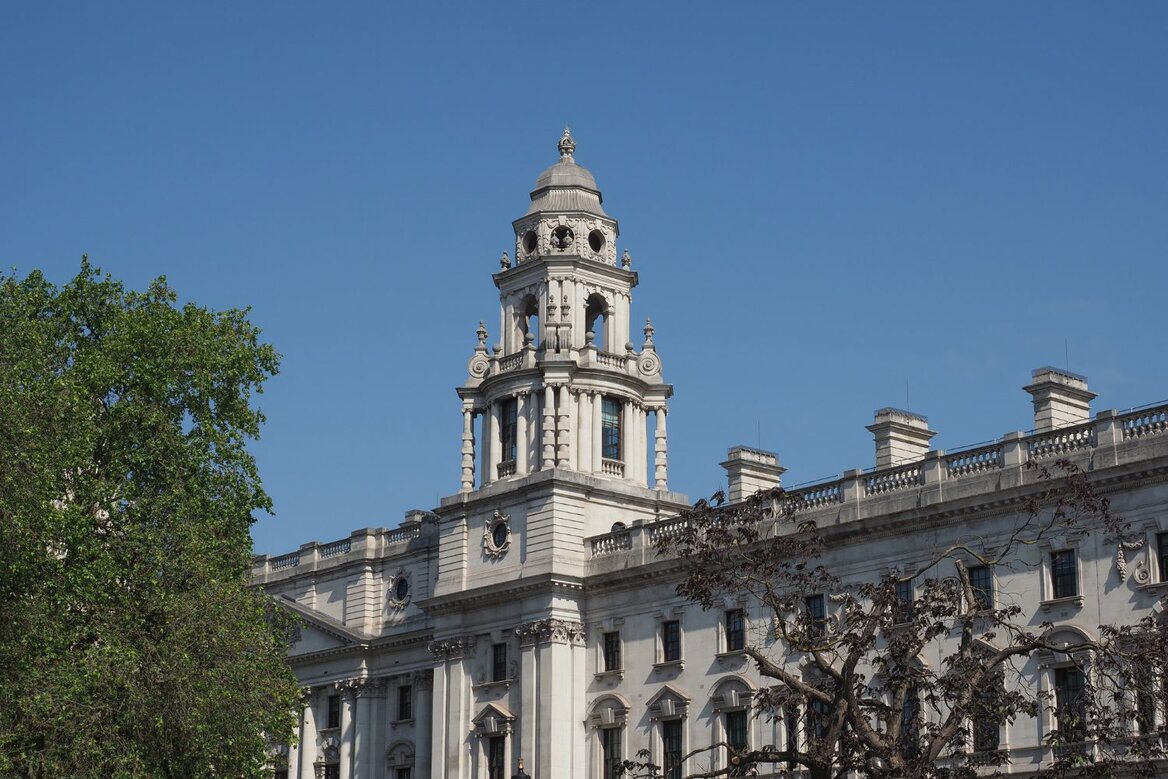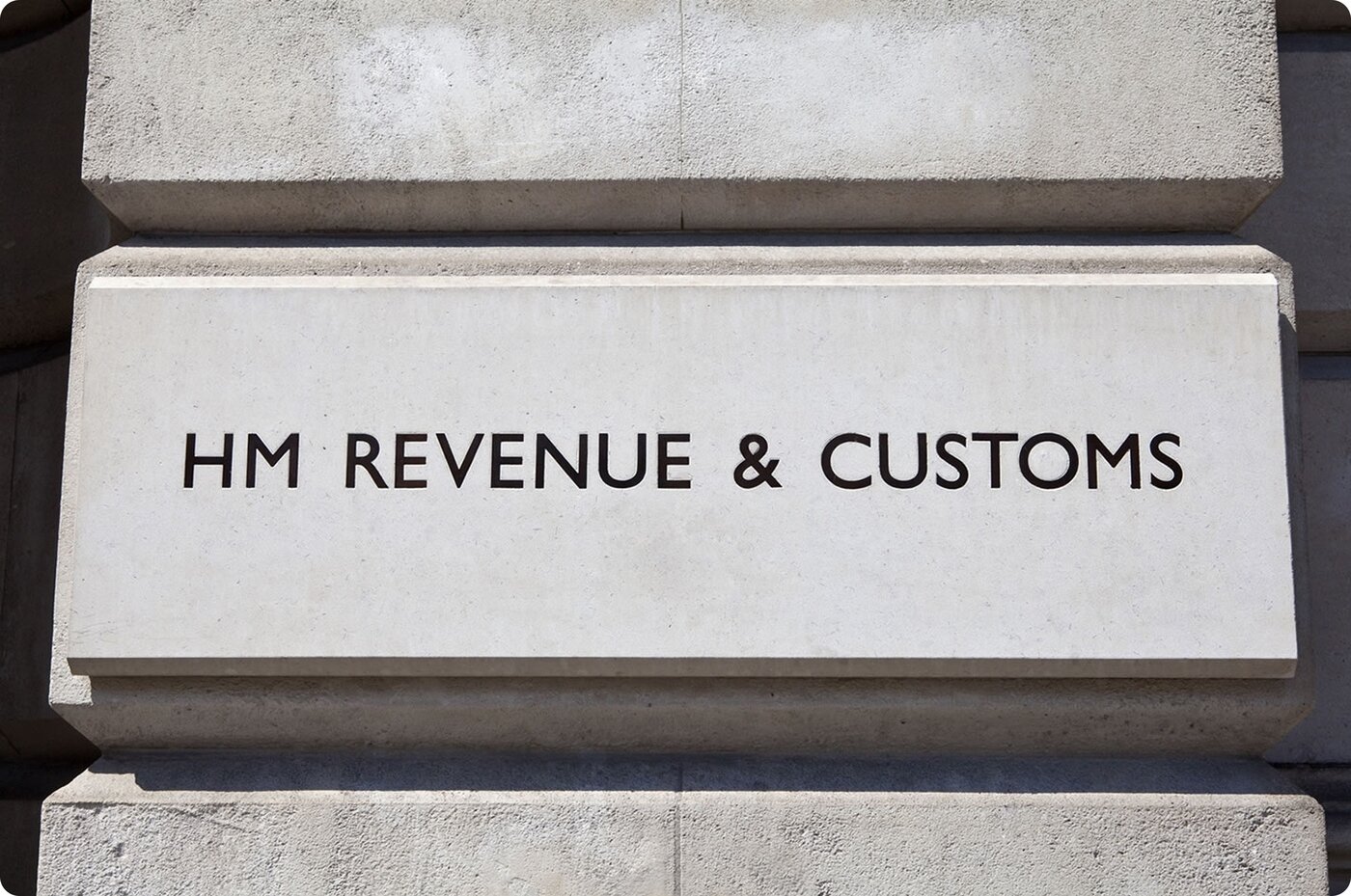
In the past year, HM Revenue & Customs (HMRC) has been inundated with a record 164,670 reports of suspected tax fraud, as more people come forward to share information on friends, neighbours, and businesses. According to new figures from accountancy firm Price Bailey, the number of tip-offs rose by 9% compared with the previous year, but this surge coincides with a major shift in how whistleblowers are rewarded.
Contrary to some earlier reports suggesting a drop, payouts to informants actually increased significantly in 2023/24. HMRC awarded approximately £978,256 to whistleblowers, nearly double the £508,500 given the previous year, marking a 92% rise. This has renewed debate about whether the UK’s relatively modest incentive scheme is fit for purpose, particularly when compared with the far more generous US model.
The Surge in Tax Fraud Intelligence
The scale of whistleblowing has never been higher. The HMRC fraud hotline and online channels together received over 164,000 reports in 2024-25, covering everything from underreported earnings to undeclared business activities.
Andrew Park of Price Bailey believes this surge reflects growing public awareness of tax evasion and the government’s reliance on public intelligence. “HMRC depends increasingly on taxpayer intelligence to close the £5.5bn tax fraud gap,” he said, warning that the reward system “lacks both scale and clarity” in its current form.
A Big Jump in Whistleblower Rewards
While the number of reports has steadily risen over recent years, the most eye-catching change has been in the amount HMRC has paid out. At £978,256 in 2023/24, whistleblower rewards are at their highest in years.
However, even this uplift pales in comparison to the US Internal Revenue Service (IRS), which paid £123.5m to whistleblowers in its most recent financial year. The IRS offers between 15% and 30% of recovered tax for successful tips, a scale the UK has never matched.
How the US Model Works
In America, rewards are only given if more than $2m (£1.5m) is recovered, and if the accused individual earns more than $200,000 in at least one relevant tax year. While this high bar filters out low-value claims, it ensures that whistleblowers providing major leads receive life-changing sums.
The IRS system also carries a strong deterrent against false reports: whistleblowers face penalties for perjury if their information is incorrect. HMRC’s discretionary payments, by contrast, are not tied to fixed percentages and depend on factors such as tax recovered and investigation time saved.

UK’s Planned Reform
Earlier this year, HMRC announced it is designing a new reward scheme inspired by the IRS model. The plan is to give whistleblowers a percentage of the tax recovered, replacing the current opaque discretionary approach.
A spokesperson for HMRC said: “The Government is strengthening our scheme for rewarding informants to encourage reporting of high-value tax fraud and tax avoidance. We value the information we receive, and urge anyone with information about tax fraud to report it via GOV.UK.” The reform is part of wider measures to reduce the “tax gap”, the difference between the tax HMRC should collect and what it actually receives.
The Wider Battle Against the Tax Gap
The Treasury estimates around 60% of the UK’s £5.5bn tax fraud gap stems from small businesses with turnover under £10m. Through tougher enforcement, improved data sharing, and the enhanced whistleblower scheme, ministers aim to raise an extra £7.5bn a year in tax revenue by 2029-30.
John Hood of Moore Kingston Smith highlighted that better quality intelligence from whistleblowers would greatly assist HMRC in tackling high-value evasion, especially when working with overseas tax authorities.
Public Attitudes to ‘Tax Snooping’
While whistleblowing can be contentious, some view it as “snitching”, the numbers suggest more people are willing to report wrongdoing if they believe their tip could make a difference. The challenge for HMRC will be to ensure that its new reward scheme is transparent, generous enough to incentivise, and robust against abuse.

Conclusion
The record breaking number of tax fraud tip-offs to HMRC, combined with the sharp increase in whistleblower payouts, marks a turning point in the UK’s fight against tax evasion.
With the Government preparing to overhaul its reward scheme in favour of a US style percentage based model, whistleblowers could soon see far greater financial incentives for providing valuable intelligence.
The challenge will be balancing this with safeguards to prevent misuse while ensuring the system is attractive enough to encourage genuine high-value leads. If successful, it could be a powerful tool in narrowing the UK’s multi-billion-pound tax gap.











